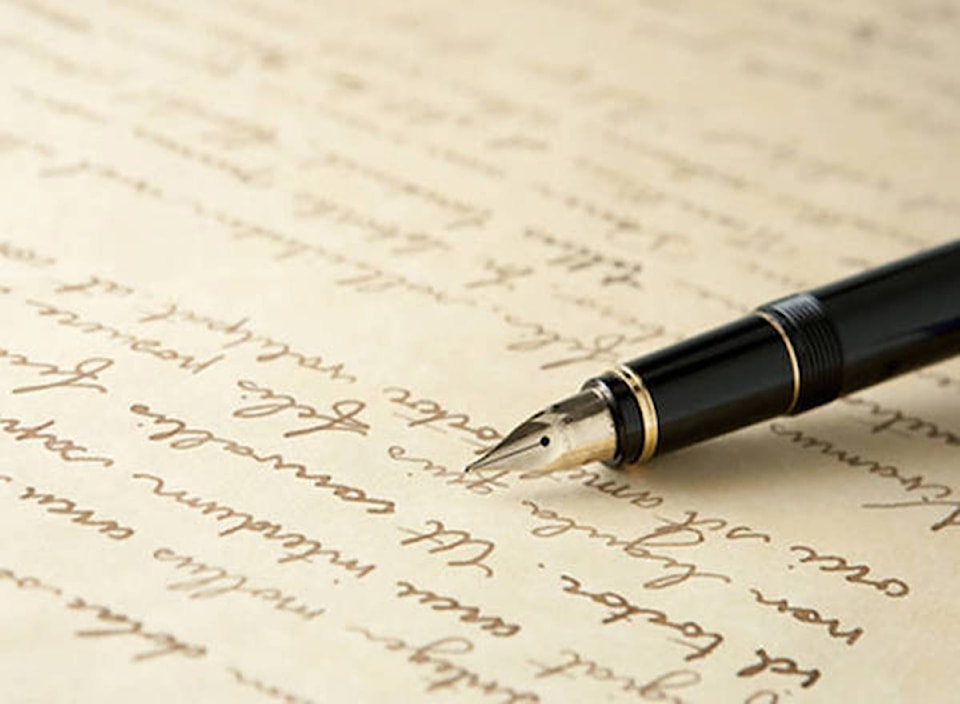We have heard from armchair experts and politicians, but we have not heard from the other side, the people who work on the freighters. We sent a copy of one of these letters to a First Mate on a bulk freighter for a rebuttal.
Here is the response: “We are not allowed to anchor anywhere we can damage the marine environment. There are specifically designed anchorages and no-anchoring areas. Creating a hiking trail in the forest would affect the environment more.
“Overboard discharge of any kind is strictly regulated, audited, treated or pumped ashore. If in an allowable area in Canadian waters, sludge can be pumped at a five ppms. You could drink it.
“We can anchor the first time in a spot within 10 m of accuracy. An anchorage is designed to allow a distance of the water depth, plus length of chain, plus length of ship to swing right around the anchor so 10 m reflects way less than one per cent of allowable space.
“If people want to know if it’s worth the risk, I invite them to do the research. They will quickly learn that even in the event of an unlikely marine casualty factored in, it still is exceedingly more environmentally effective than transport by plane, train, truck and even horse and buggy. It’s a simple equation of how much energy/fuel and subsequent emissions are required per unit of weight, by distance travelled.”
This person’s credentials and background: “I’m First Officer. I went to BCIT for a four-year Nautical Science Co-Operative program that included one year of being at sea as a Cadet. Sea time and exams are approved by Transport Canada and require 70 per cent or 90 per cent to pass, depending on the subject. This is the international standard for Mariner Training as set out in STCW. I started training 14 years ago and got my Chief Mate’s license in 2014. You can challenge exams for license upgrades after a designated and approved amount of sea time. An unlimited Captain’s license is equivalent to a Master’s degree comparing hours training and course difficulty.”
Hokan and Rae Jacobson
Ladysmith
